Salamanca's Cathedrals
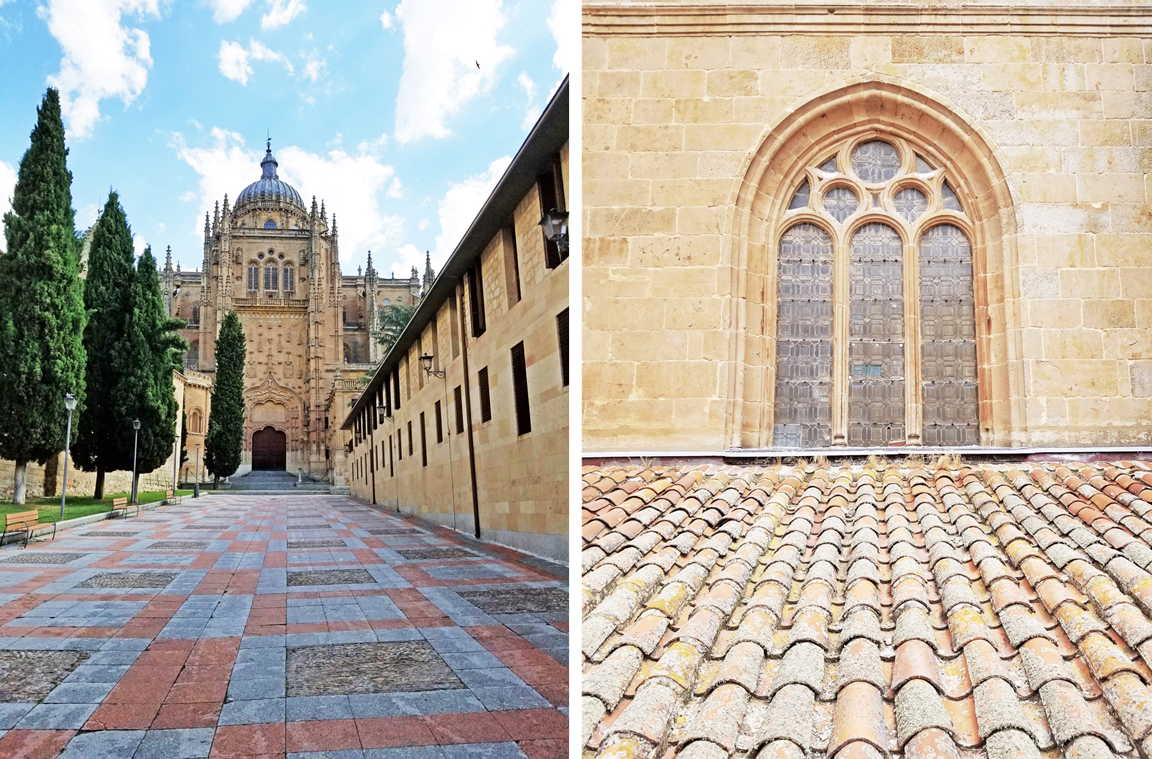
When I was planning my visit to Salamanca, Ieronimus was rated as one of the top things to do. As I said in my last post, info about what it actually was was a little fuzzy, especially in English. Basically, it's a walk through the walls and up the towers of Salamanca's conjoined new and old cathedrals. While most Spanish cities knocked down their old cathedrals when it came time for a new one to be built, Salamanca kept the old one, sharing one of its walls with the new, much larger cathedral. It's a pretty unique arrangement, one that you get to enjoy on this self-guided tour. I started at a side door of the cathedral, where I paid about €4 to enter.




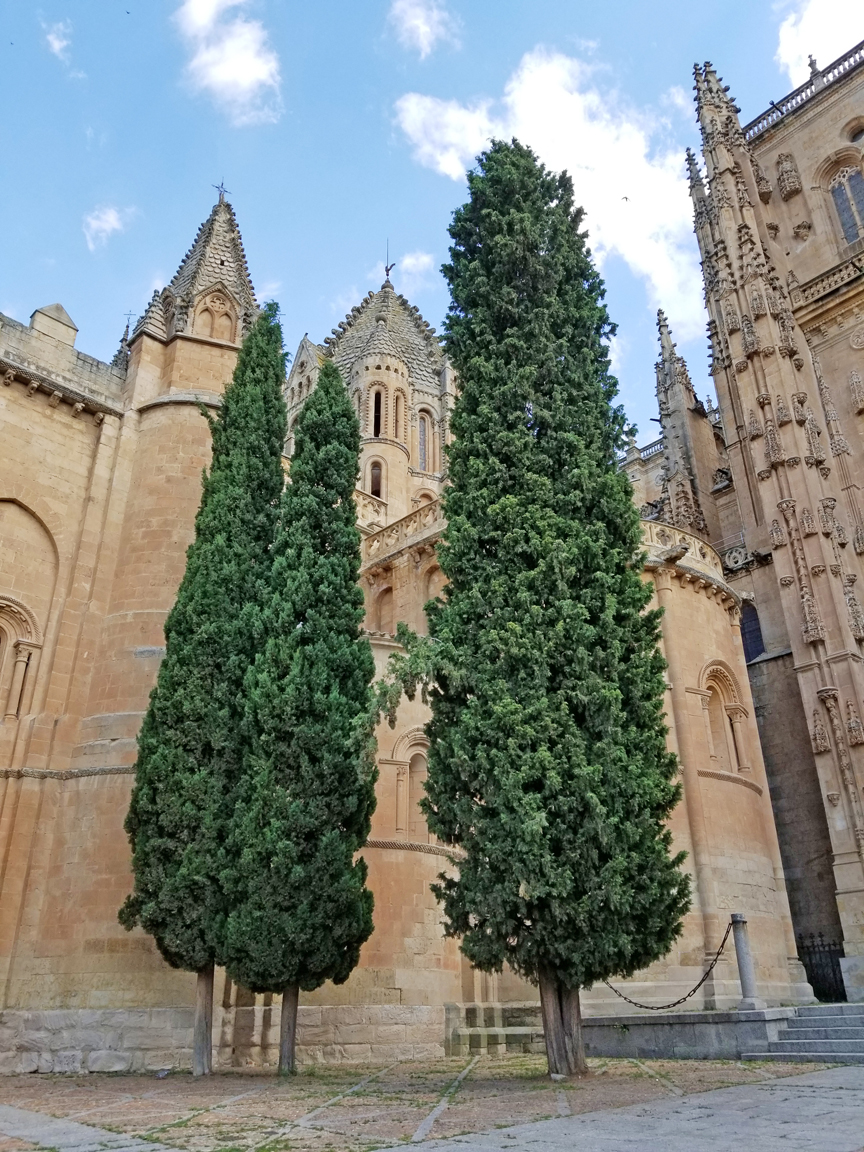
You start up the first of many spiral staircases carved out of stone. While you'll end up in the bell tower, the tour breaks things up nicely so you're never too out of breath. The first room with an exhibit is the Sala del Alcaide – its theme is ecclesiastical music and it contains various medieval instruments. You can also look down the nave of the old cathedral from a window in the room. Not too far away is the Sala de la Bóveda, a room with a video presentation on the Lisbon Earthquake of 1755. The sounds of rumbling, church bells, and screaming accompany a video projection of rocks falling and finally, a giant crack appearing in the wall. It’s a bit disconcerting if you’re a room or two away and have no idea what’s happening, but is a really cool display.
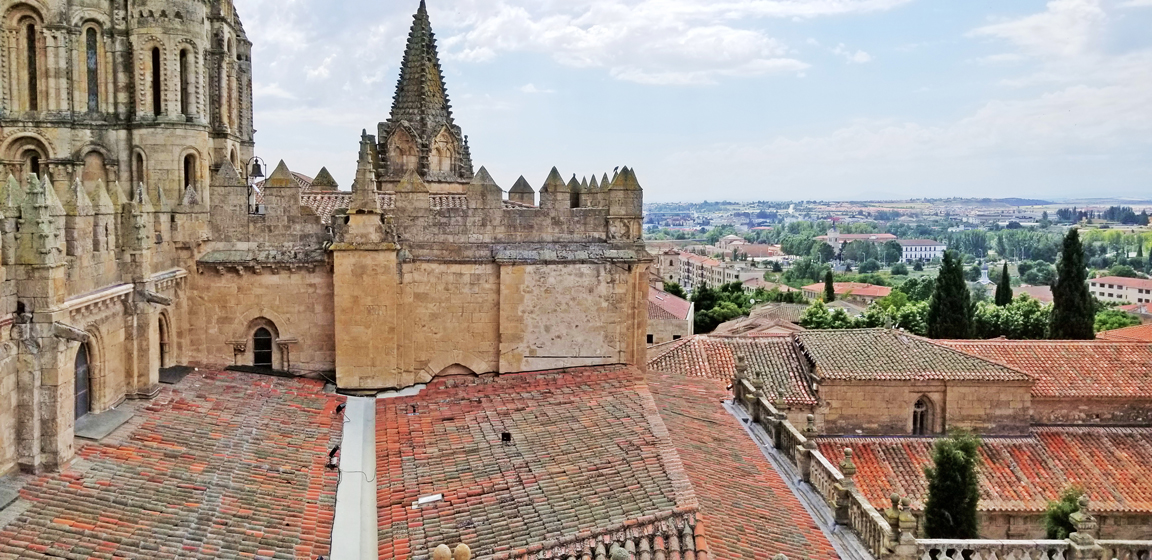
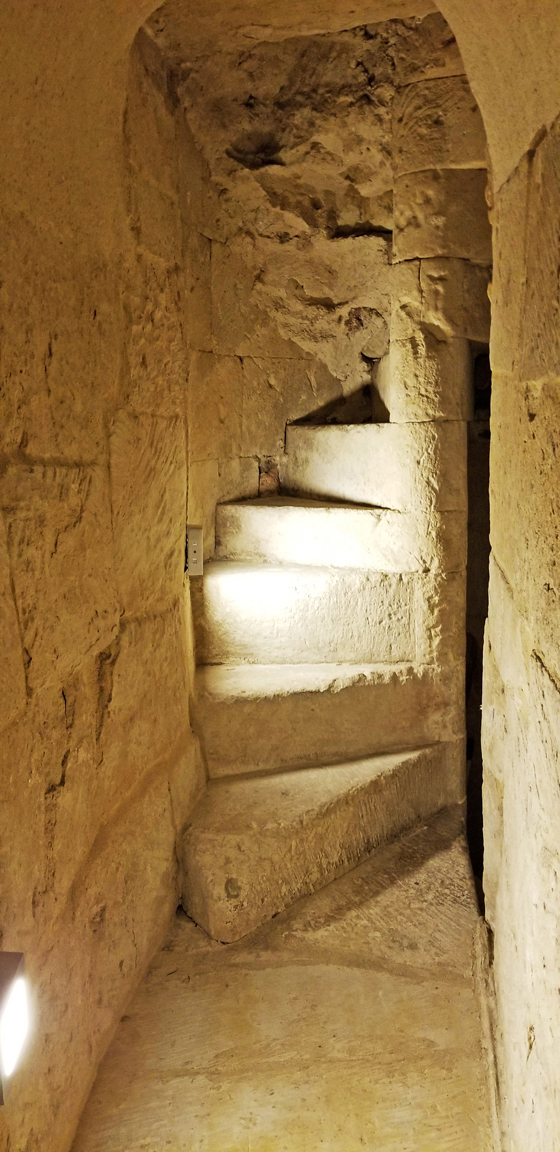
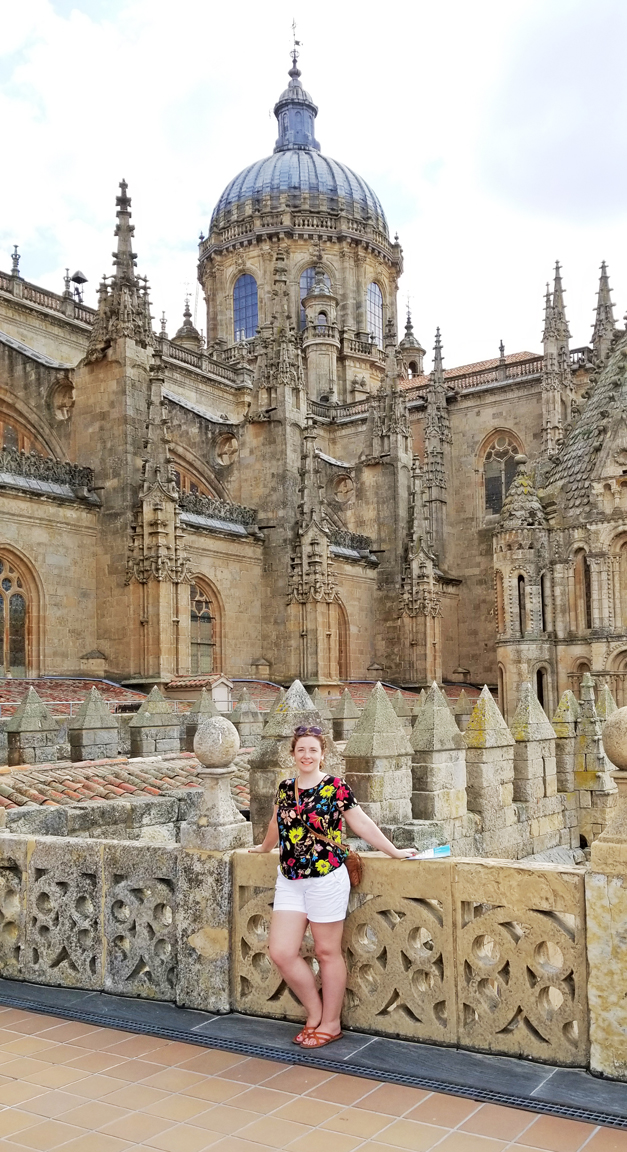
Next you enter onto the roof terrace of the Torre Mocha, where you start your walk along the crenellated walls of the old cathedral. There are great, close-up views of the cathedral architecture, plus when I was there, a busker was playing a melancholy tune in the square below. From here, you cross over to the new church, past the spiky Torre del Gallo, the old church's pointed dome. From here, you can go down a spiral staircase to the clerestory of the new cathedral, then out onto a terrace on the north side, where you have great views of the Plaza de Anaya below.

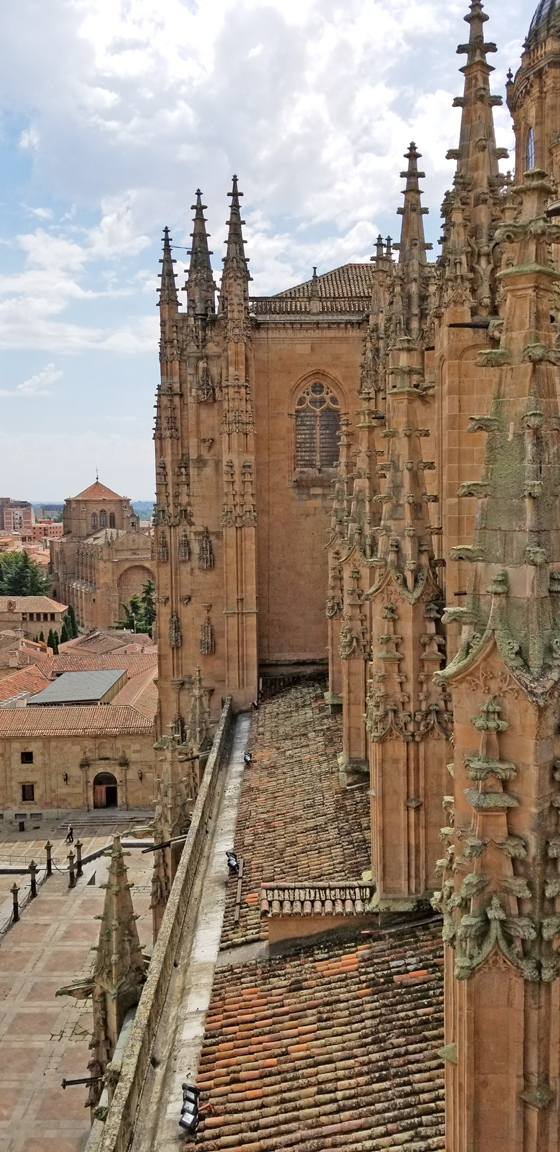



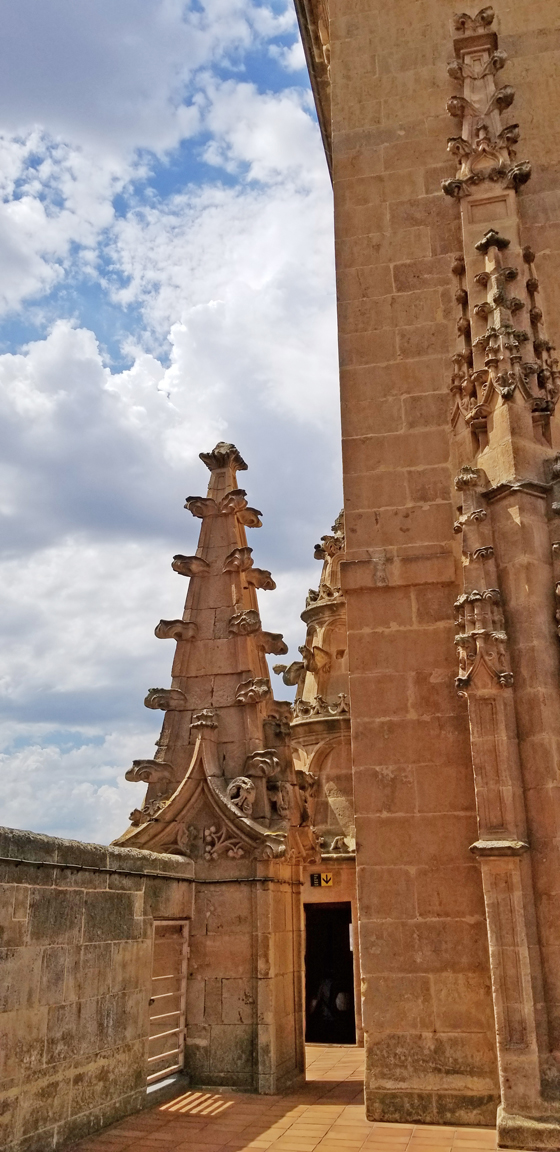
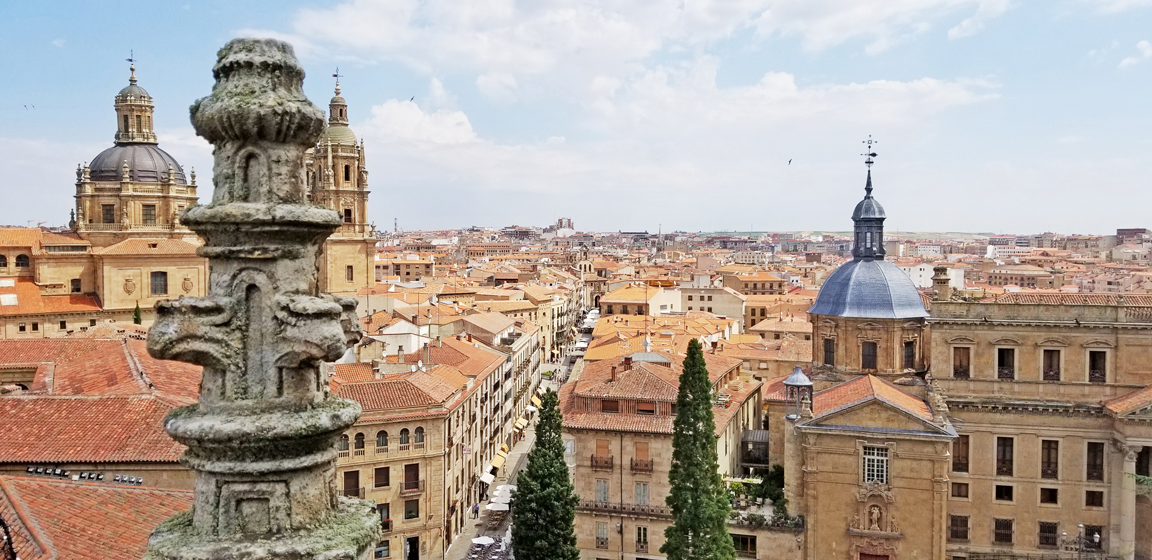
Finally, it's time to climb to the Sala de las Campanas (bell tower). There's a pretty cool system where you stop in a small room – the Sala del Reloj, or antique clock room – part way up and wait for the countdown clock on the wall to show you how long it’ll be before you can walk up. (The staircase from this point is too narrow to pass other tourists coming down.) Once the sign had changed and I'd completed my final sprint to the top, I found myself alone in the bell tower, overlooking the entire city. I had a conversation with my mom via text for a bit – had great service! I was filming the view from the windows when one of the bells rang, almost giving me a heart attack.
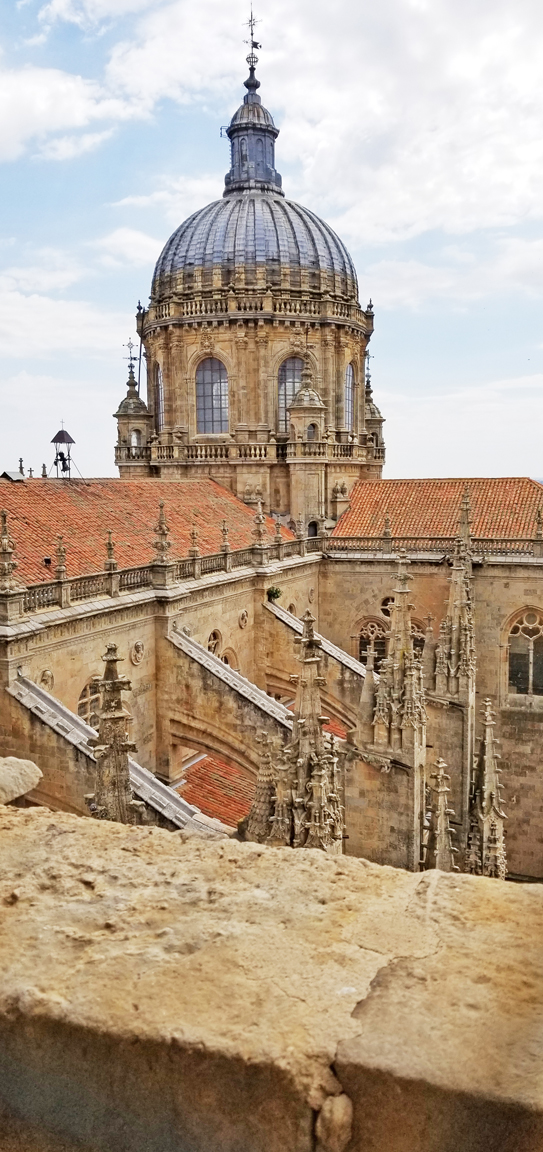


After completing the tour and exiting Ieronimus, I found the cathedral entrance. Visiting the interior of the cathedrals cost another €4. I was given another audio guide, which I fast-forwarded through a lot of. The new cathedral is beautiful, but similar to most churches I'd seen so far in Spain. The old church, on the other hand, was really freaking cool.

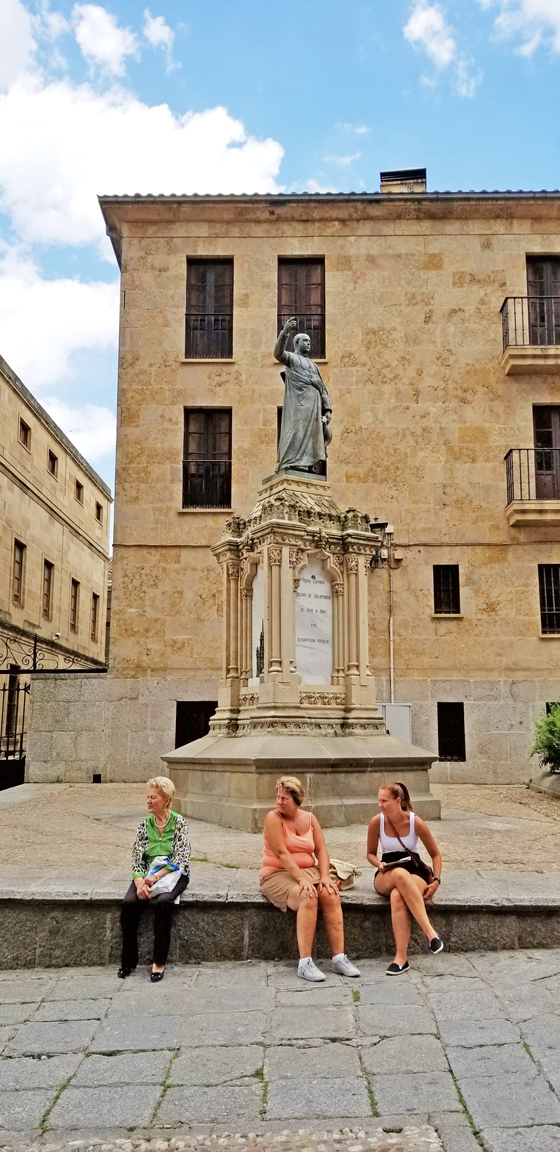
Starting the cathedrals tour, you enter into Catedral Nueva, "new" here meaning built between 1513 and 1733. The Gothic style was on its last legs by the time ground was broken on this cathedral, but the architects decided to use it anyway to make it blend better with the old cathedral. Baroque crept in at the end, with the central cupola and parts of the towers constructed in this style, as well as the interior decoration. The new church contains an ornate wooden choir stall and organ worth checking out.


From the new church, you step down into the old Catedral Vieja de Santa María. It was founded in the 12th century (Ieronimus is named for its founder, Jerónimo de Perigueux) and is Romanesque and Gothic in style. The church was also known as the ‘Fortress of Salamanca’ due to the defensive battlements on its exterior. Behind the altar, the apse is painted with 53 tableaux in gilded frames, topped by a fresco of ‘The Final Judgment’ in its half-dome. To the right is the church's show-stopper – Capilla de San Martín. Its walls are vibrantly and intricately painted with murals dating to 1242. There are a few enfeu - niche tombs - in the chapel, with painted gisants, or tomb effigies. I was in art history heaven - I love this stuff. The chapels within the cathedral and the attached cloisters are fun to explore too.


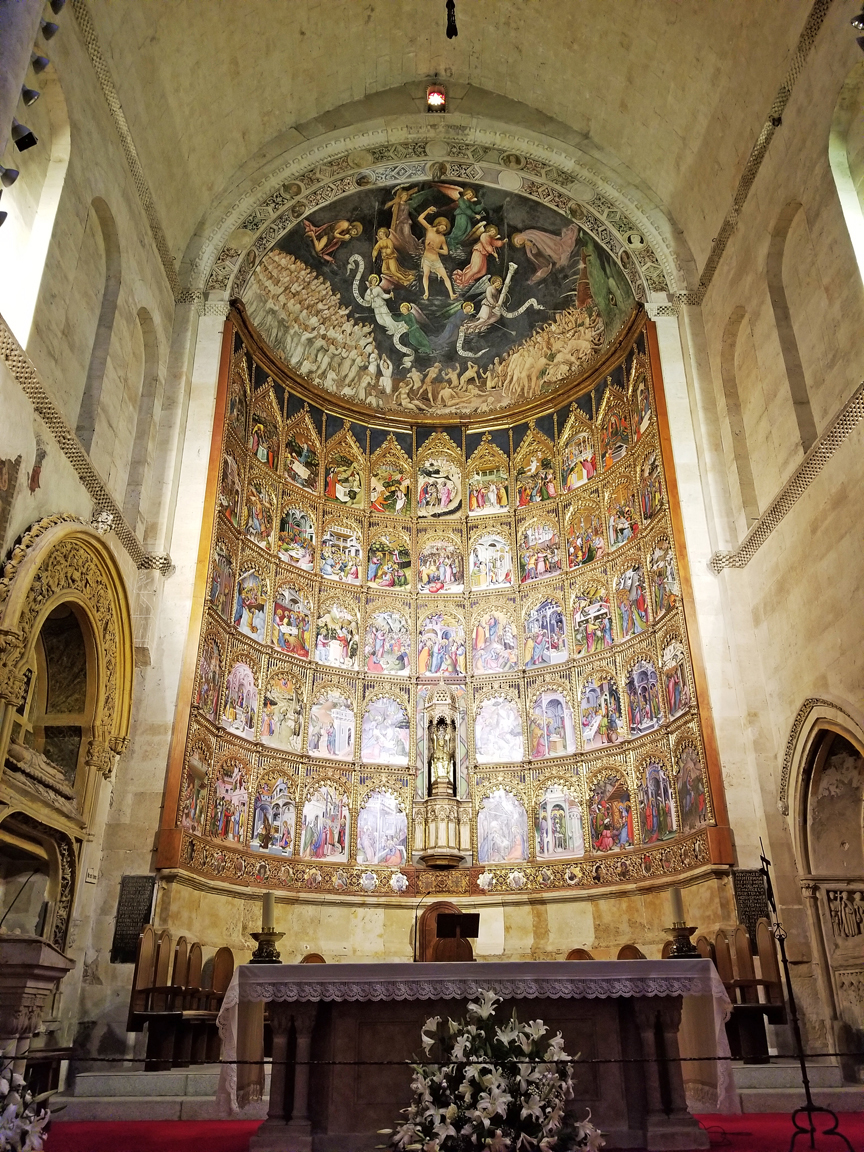
Outside, there's one last thing to look at. Standing on the patio on the Plaza de Anaya side of the new cathedral, you're looking at the ornately decorated Puerto de Ramos. Parts of the cathedral façade were renovated in the 90s, which explains the carvings of an imp eating ice cream and an astronaut in the portico. It's a bit like searching for the frog on the nearby Plateresque university façade - in both places, just wait and watch where people point their cameras and phones if you're ready to be spoiled.
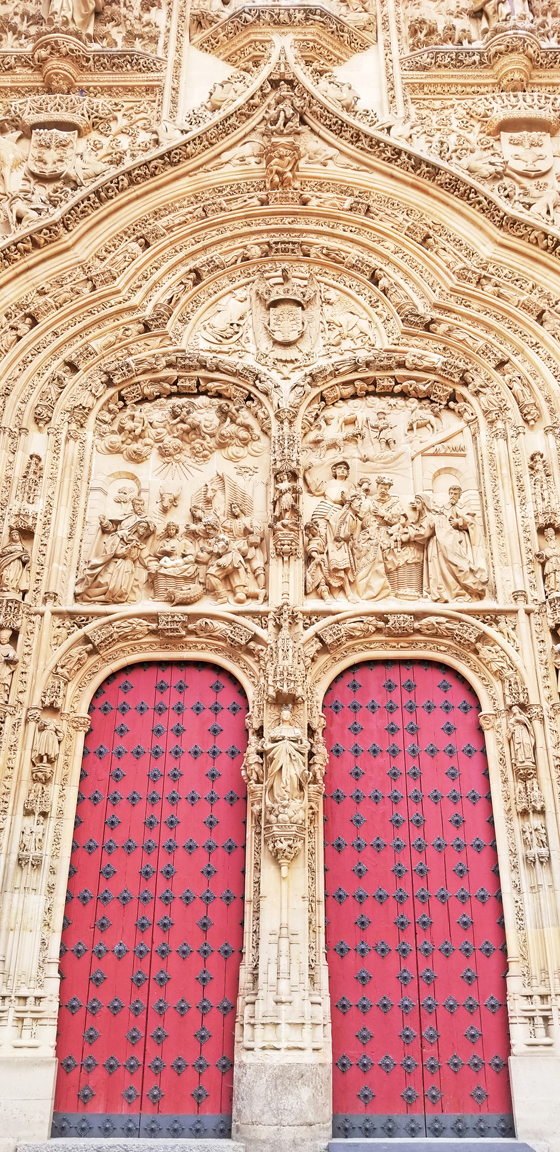
Comments
Post a Comment